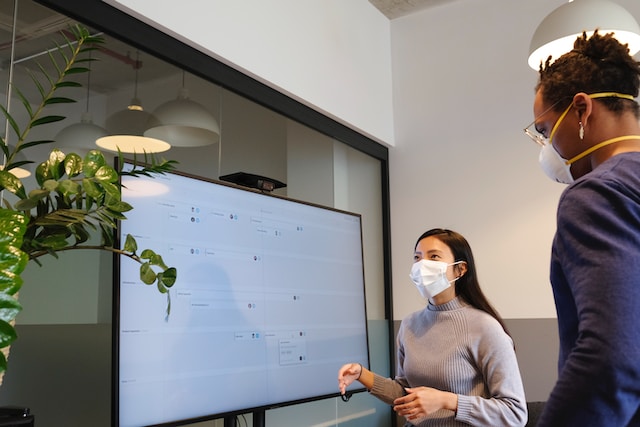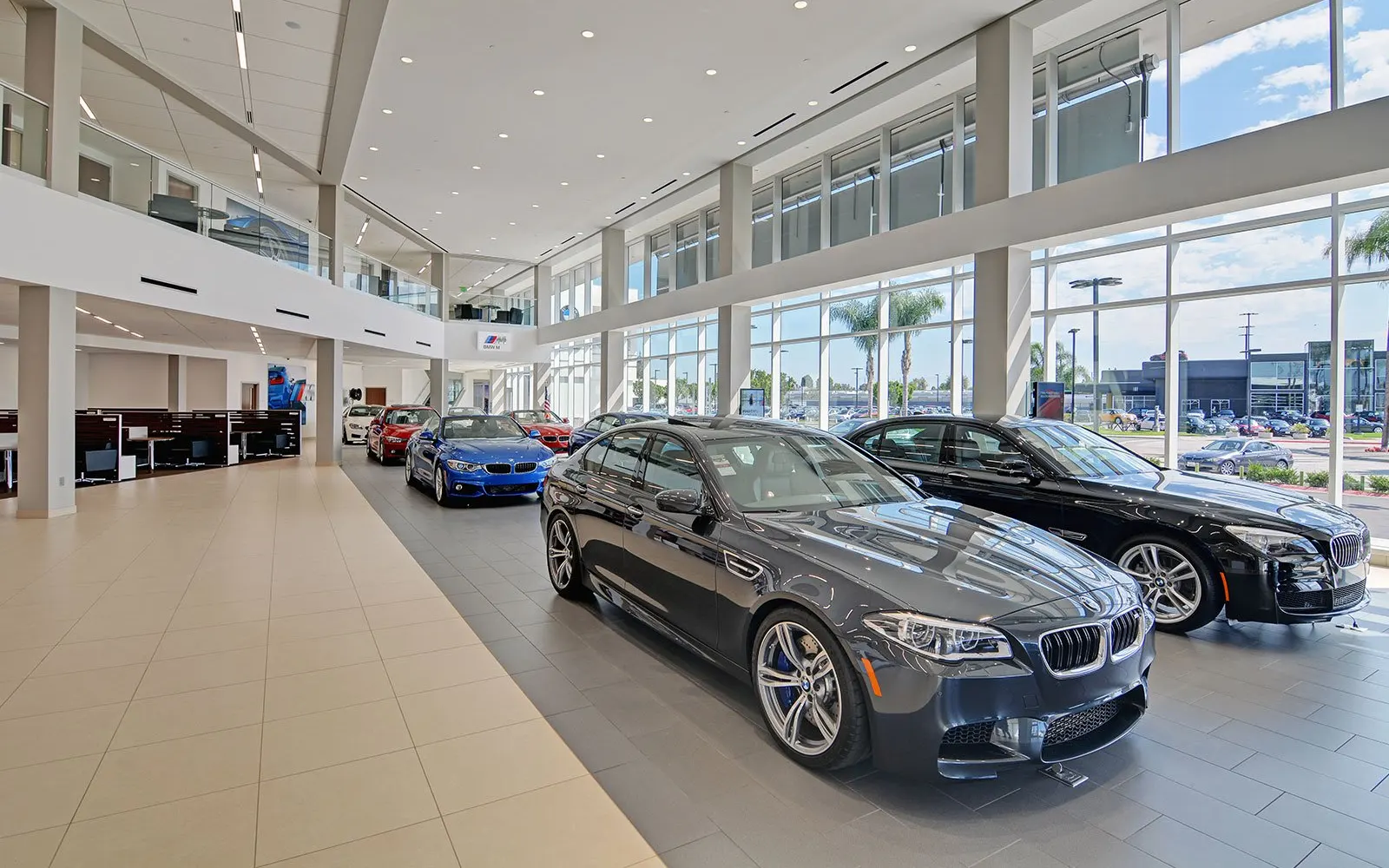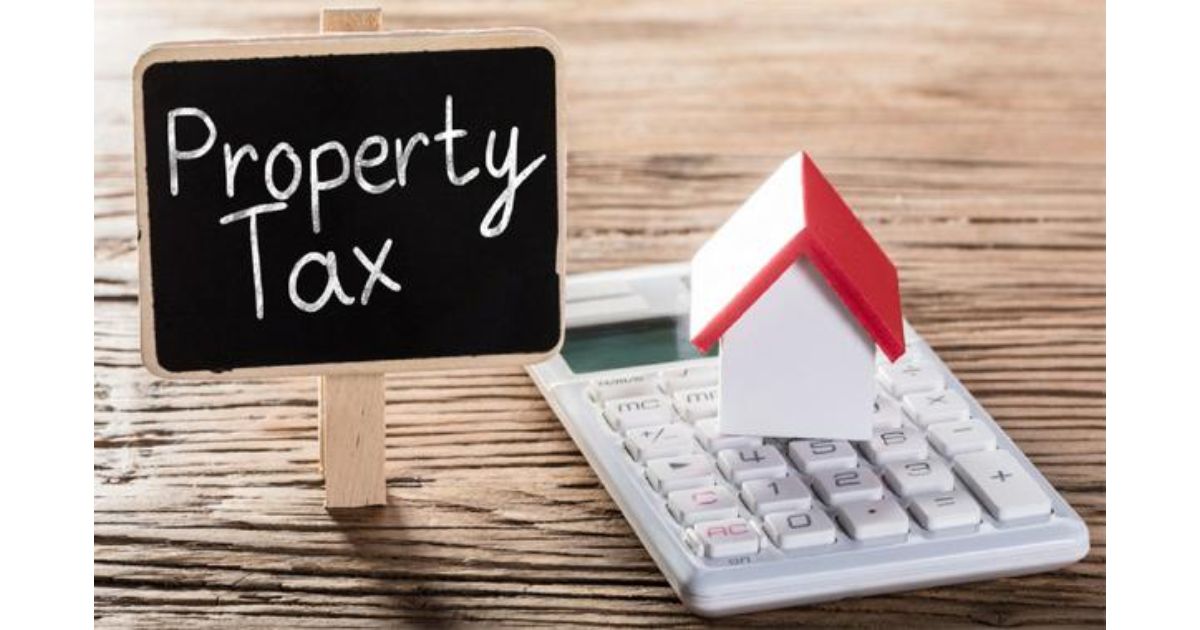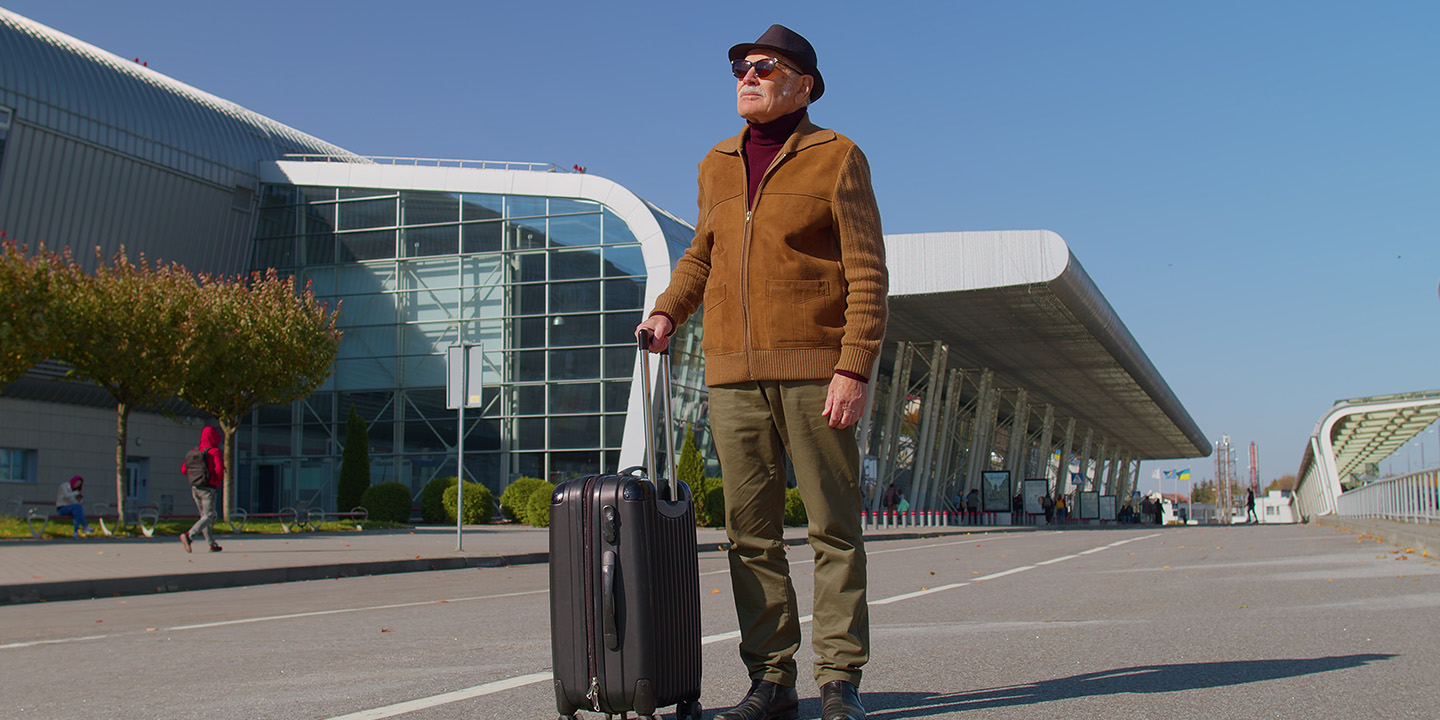Introduction
Facility planning and design are essential processes that contribute to the effective utilization of resources and the creation of spaces that align with organizational needs, with facilities management services providing crucial support throughout the entire lifecycle. By conducting a comprehensive needs assessment, setting clear design objectives, optimizing space utilization, integrating technology, complying with regulations, and fostering stakeholder collaboration, facility planners can craft environments that support seamless operations and foster productivity. A well-designed facility not only enhances the organization’s efficiency but also elevates the overall experience of its occupants. When combined with expert facilities management services, the result is a harmonious and optimized space that meets both present and future needs.
Needs Assessment and Space Analysis
The first step in facility planning and design is conducting a thorough needs assessment and space analysis. This involves understanding the organization’s requirements, functional objectives, and projected growth. By analyzing existing spaces and usage patterns, facility planners can identify areas that need improvement or optimization. This data-driven approach lays the foundation for creating spaces that are tailored to meet the organization’s unique needs.
Defining Design Objectives
Based on the needs assessment, facility planners establish clear design objectives. These objectives outline the specific goals that the facility should achieve. Design objectives may include factors like maximizing workspace efficiency, enhancing employee productivity, creating a welcoming environment for visitors, and promoting sustainability. Clearly defined design objectives serve as a roadmap for the entire planning and design process, guiding decision-making at every stage.
Space Planning and Layout Design
With design objectives in place, the next step is space planning and layout design. Facility planners work to optimize the spatial arrangement to ensure efficient workflow and resource utilization. They consider factors such as proximity between departments, circulation paths, ergonomic considerations, and space flexibility to accommodate future changes. The layout design aims to strike a balance between functionality, aesthetics, and the overall user experience.
Integration of Technology and Innovation
In modern facility planning and design, the integration of technology and innovation is paramount. This includes incorporating smart building technologies, energy-efficient systems, and automation to streamline operations and reduce resource consumption. Integrating technology not only enhances the functionality of the space but also contributes to sustainability and cost optimization.
Compliance and Regulations
Adherence to building codes, safety regulations, and accessibility standards is a crucial aspect of facility planning and design. Facility planners must ensure that the design complies with all relevant regulations to avoid potential legal issues and ensure the safety of occupants. This involves working closely with architects and engineers to create designs that meet all necessary requirements.
Collaboration and Stakeholder Involvement
Facility planning and design involve collaboration between various stakeholders, including facility managers, architects, engineers, and end-users. Engaging stakeholders throughout the process ensures that their input is considered, and their needs are addressed. This collaborative approach leads to a sense of ownership among users and contributes to the successful implementation of the design.
Conclusion
Facility planning and design are essential processes that contribute to the effective utilization of resources and the creation of spaces that align with organizational needs. By conducting a comprehensive needs assessment, setting clear design objectives, optimizing space utilization, integrating technology, complying with regulations, and fostering stakeholder collaboration, facility planners can craft environments that support seamless operations and foster productivity. A well-designed facility not only enhances the organization’s efficiency but also elevates the overall experience of its occupants.




